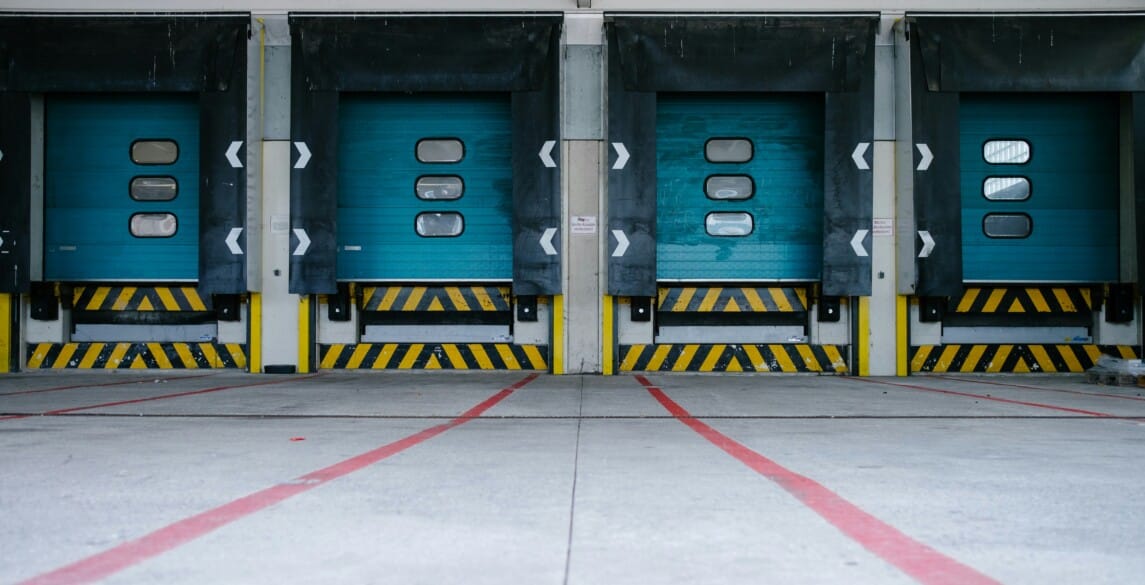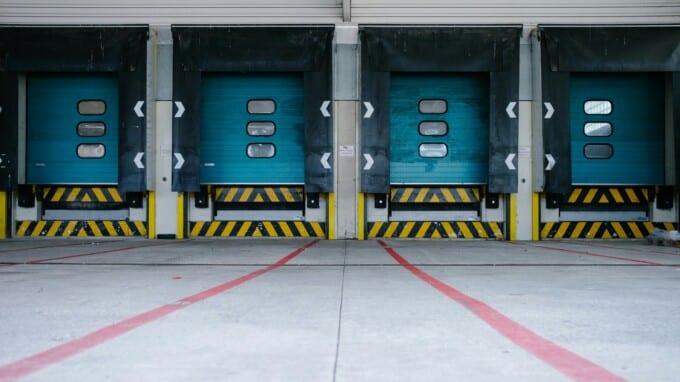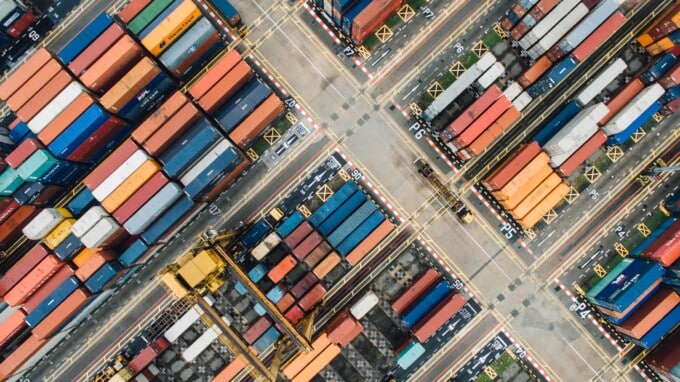Navigating Final Mile Trends and Challenges in 2024
Almost as certain as death and taxes, U.S. e-commerce sales continued their annual increase in 2023 – from $637.08 billion to $727.03 … Continued

Almost as certain as death and taxes, U.S. e-commerce sales continued their annual increase in 2023 – from $637.08 billion to $727.03 billion. This trajectory is forcing retail brands to re-evaluate their sales and fulfillment models, from start to finish. The latter, specifically the final mile of the delivery process, is one that can’t be underestimated.
E-commerce Growth and Evolving Trends
As e-commerce sales continue to expand, with projections reaching as high as $1.148 trillion, certain sectors prove to be the driving force behind this significant growth. Online grocery sales, health and personal care products, and the rise of category-driven retailers like Carvana and Chewy are reshaping consumer habits and shifting market dynamics.
The rise of social commerce is proving quite effective at the way in which consumers discover new products, particularly via Instagram and TikTok. More than half of U.S. Gen Zers have used those two platforms for shopping and product discovery in the past month, according to a survey from Insider Intelligence. Adapting to these evolving trends is imperative for businesses to stay competitive.
The Rise of Electric Vehicles in Final-Mile Delivery
The adoption of electric vehicles (EVs) for commercial use has seen remarkable growth, especially for final-mile logistics. While EVs’ limited range makes them impractical for long-haul deliveries, local routes are well suited for EV usage. Deployment of EVs for final-mile logistics is expected to see a compound annual growth rate of 16% between 2023 and 2028. Retailers like Ikea are gearing up to maximize the use of EV fleets by installing 196 charging ports, with 53 of those being rapid chargers, capable of providing a full charge on Ikea EVs in an hour or less.
Customer-Centric Approaches and Convenience
Final-mile delivery has become a major contributing factor for customer loyalty, with 85% of shoppers avoiding retailers who create a negative delivery experience. Frictionless buyer experiences continue to fuel e-commerce success, especially with Gen-Z and Millennials, who wield significant buying power. Prosper Insights & Analytics reveals that these demographics prefer home delivery methods for goods such as groceries, emphasizing the need for seamless and convenient final-mile services. Customer-centric approaches such as courteous delivery teams are crucial for long-term success and are a cornerstone for positive customer perception.
Localized Warehouse Storage for Faster Deliveries
For good or for bad, Amazon has normalized expectations of two-day shipping, if not next- or even same-day shipping. One of the most effective ways to meet this demand without incurring significant supply-chain costs is to utilize warehouses with receiving and delivery (RAD) capabilities close to your key markets. This allows inventory to be delivered to and shipped from warehouses without significant effort on the part of retailers. Finding available warehousing space may prove difficult in the near future, as construction for new facilities hit a 10-year low in 2023. Should interest rates go down this year, construction may pick up, but that shouldn’t be a foregone conclusion for retailers.
Challenges and Opportunities in Big and Bulky Item Deliveries
Online purchasing of big and bulky items has continued to increase, presenting both challenges and opportunities for retailers. Retail brands with such products can leverage this opportunity – so long as their delivery provider is up to the task. Safely delivering a large appliance or piece of furniture is quite different from a small package. It’s critical to evaluate a third-party logistics (3PL) partner’s experience in moving and handling big and bulky items and their ability to offer premium services like white glove delivery.
Identifying the Right Final Mile Partner for You
As just mentioned, choosing the right 3PL partner is critical to achieving a company’s e-commerce goals. A good 3PL partner can offer significant ROI, efficiency, and high-quality customer service. There’s a lot that goes into evaluating and choosing the right 3PL partner. Start by identifying your needs to narrow potential partners. From there, assess their experience in handling and delivery products like those your company offers, as well as the assets they have in keeping up with demand. Sudden market changes can force 3PLs to fall behind if they don’t have a solid fleet of trucks, employees, and warehouse space.
***
As the e-commerce boom continues, the final mile of delivery is key to customer satisfaction and brand loyalty. Retail brands must prioritize customer convenience and identify the 3PL partners who have the right experience and assets to meet the evolving demands of the market. By addressing challenges and leveraging opportunities in the final mile, retailers can position themselves for success in the rapidly changing landscape of e-commerce.
Full-service warehousing and final-mile delivery can be the solution to all your logistics needs. Contact Hilldrup today for availability, quotes, details and more.


